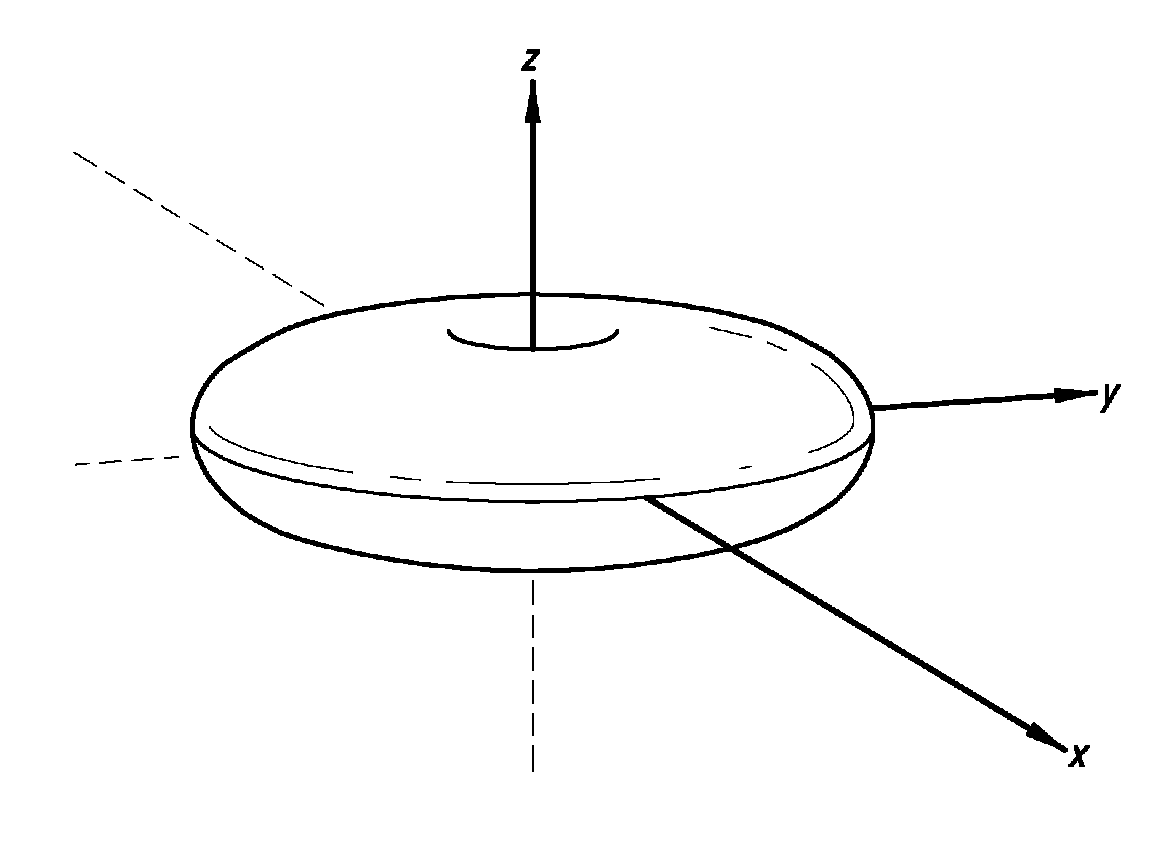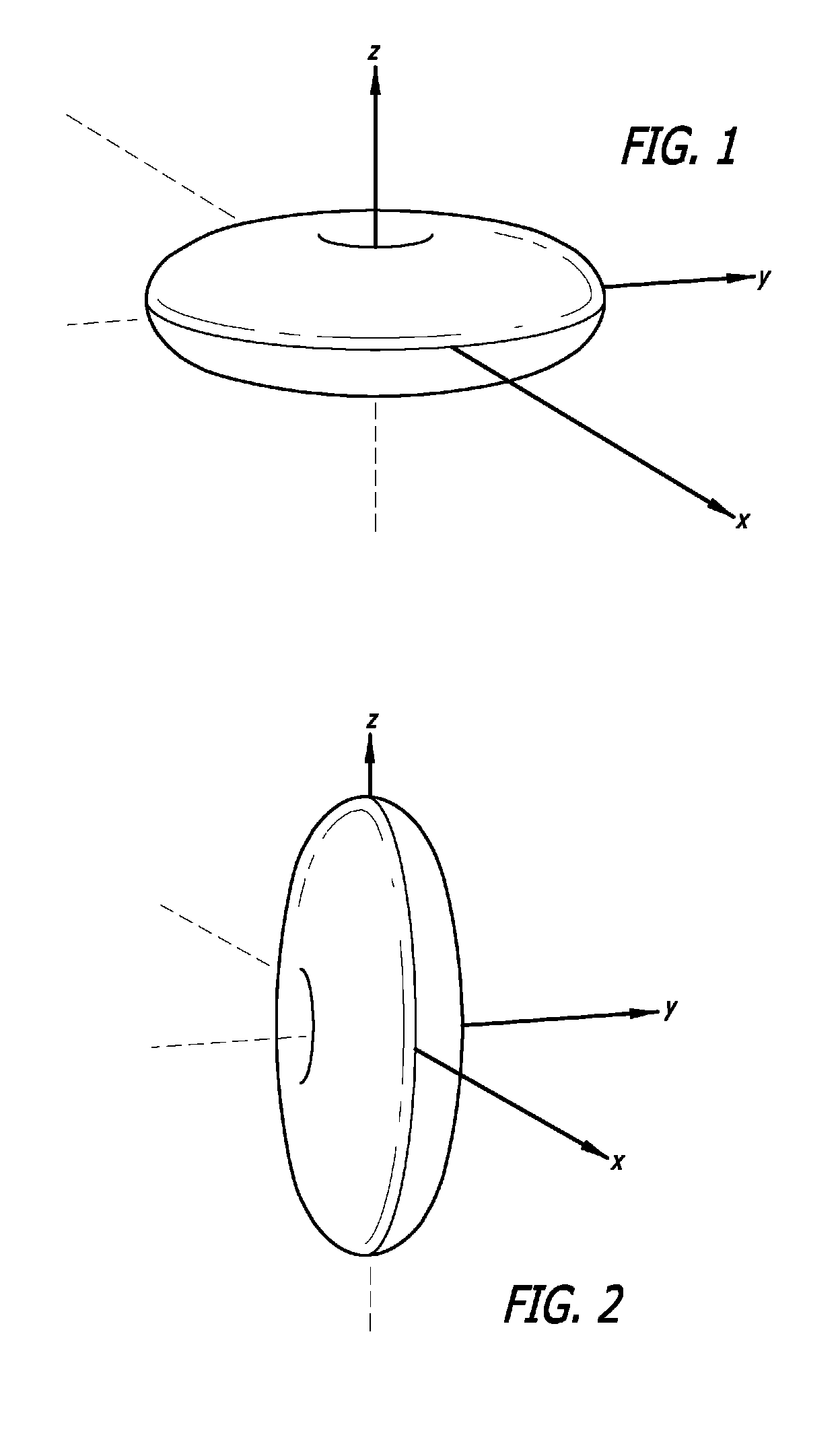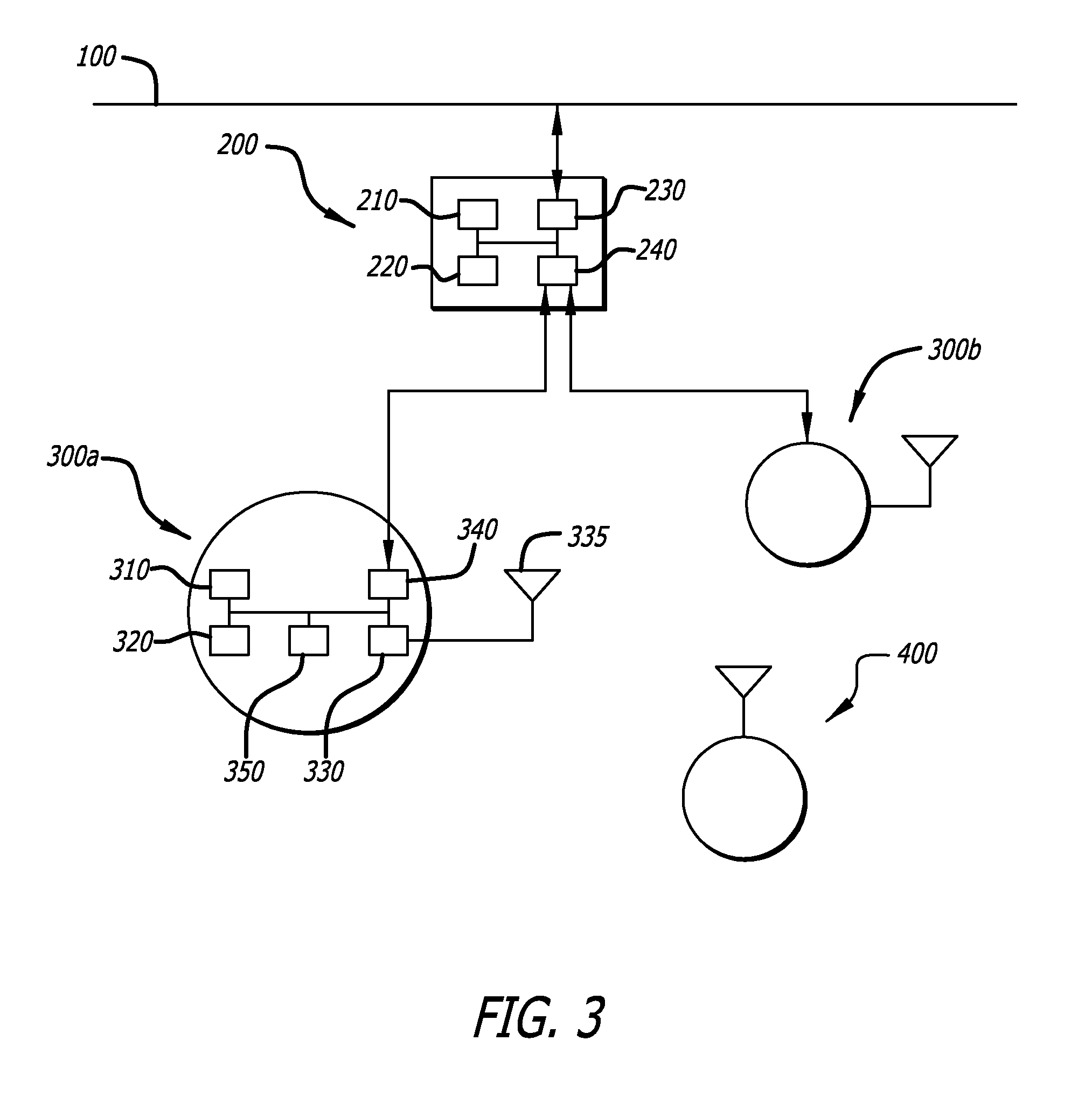Sensing device orientation in wireless networks
a wireless network and sensing device technology, applied in the field of wireless digital networks, can solve the problems of significant signal loss, significant differences in coverage and signal strength,
- Summary
- Abstract
- Description
- Claims
- Application Information
AI Technical Summary
Benefits of technology
Problems solved by technology
Method used
Image
Examples
Embodiment Construction
[0015]Embodiments of the invention relate to methods and apparatus for sensing the installed orientation of an antenna or access node in a wireless digital network. An orientation sensor is mounted in the access node, or alternatively, the orientation sensor is coupled to one or more antennas associated with the access node. The orientation of the sensor is read by the access node and made available to clients of the access node or to the controller to which the access node is associated.
[0016]As shown in FIG. 3, a wireless network operating according to 802.11 standards supports connections of wireless clients 400 to a wired network. Wired network 100, such as a wired IEEE 802.3 Ethernet network, is connected to controller 200. Controller 200 supports connections 250 to access nodes 300a, 300b. These access nodes provide wireless communications to wireless client 400.
[0017]As is understood in the art, controller 200 is a purpose-built digital device having a CPU 210, memory hierarc...
PUM
 Login to View More
Login to View More Abstract
Description
Claims
Application Information
 Login to View More
Login to View More - R&D
- Intellectual Property
- Life Sciences
- Materials
- Tech Scout
- Unparalleled Data Quality
- Higher Quality Content
- 60% Fewer Hallucinations
Browse by: Latest US Patents, China's latest patents, Technical Efficacy Thesaurus, Application Domain, Technology Topic, Popular Technical Reports.
© 2025 PatSnap. All rights reserved.Legal|Privacy policy|Modern Slavery Act Transparency Statement|Sitemap|About US| Contact US: help@patsnap.com



